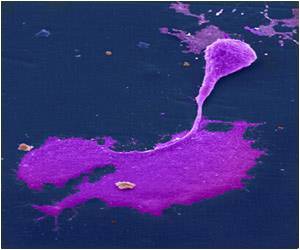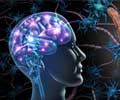Gladstone Institute scientists have discovered a protein form linked to Huntington's disease, offering new avenues for treating not only this disease, but also a variety of similar conditions.

"Effective treatments for diseases such as Huntington's and Alzheimer's have been slow to develop," said Dr. Finkbeiner, whose research at Gladstone investigates the interactions between genes, neurons and memory. "We hope that our newfound understanding of precisely which misfolded proteins contribute to disease symptoms will speed up drug development for sufferers."
Huntington's, an ultimately fatal disease that affects more than a quarter of a million people nationwide, is caused by mutations in the gene that creates the huntingtin, or htt, protein. As the mutated gene produces htt, a segment of the protein called polyglutamine is mistakenly expanded, distorting htt's natural shape and function. As a result, the misfolded protein malfunctions and can be toxic.
Previous research into Huntington's found that misfolded proteins in the brain lead to the dysfunction and subsequent death of neurons. In this study, Dr. Finkbeiner set out to find which misfolded htt types were the most toxic. In laboratory experiments on mice, he and his colleagues screened numerous antibodies that each bind uniquely to one type of misfolded htt in order to identify and tag each type. These antibodies acted as molecular tracking devices that Dr. Finkbeiner monitored with an automated microscope and specialized software, both of which his lab created. Experiments revealed that one of the antibodies, 3B5H10, bound to a form of htt closely linked to neuron death and, therefore, disease progression.
"Now that our experiments have identified—at a cellular level—when neurons will die, it will be easier to develop drugs that target the toxic form of htt that causes Huntington's symptoms," said Dr. Finkbeiner, who is also a professor of neurology and physiology at the University of California, San Francisco (UCSF), with which Gladstone is affiliated.
"Dr. Finkbeiner's powerful and precise approach could enable the development of pharmaceutical treatments for other diseases as well," added Lennart Mucke, MD, who directs neurological research at Gladstone. "These methods are applicable to many devastating neurodegenerative conditions, especially Parkinson's disease and Alzheimer's."
Advertisement












